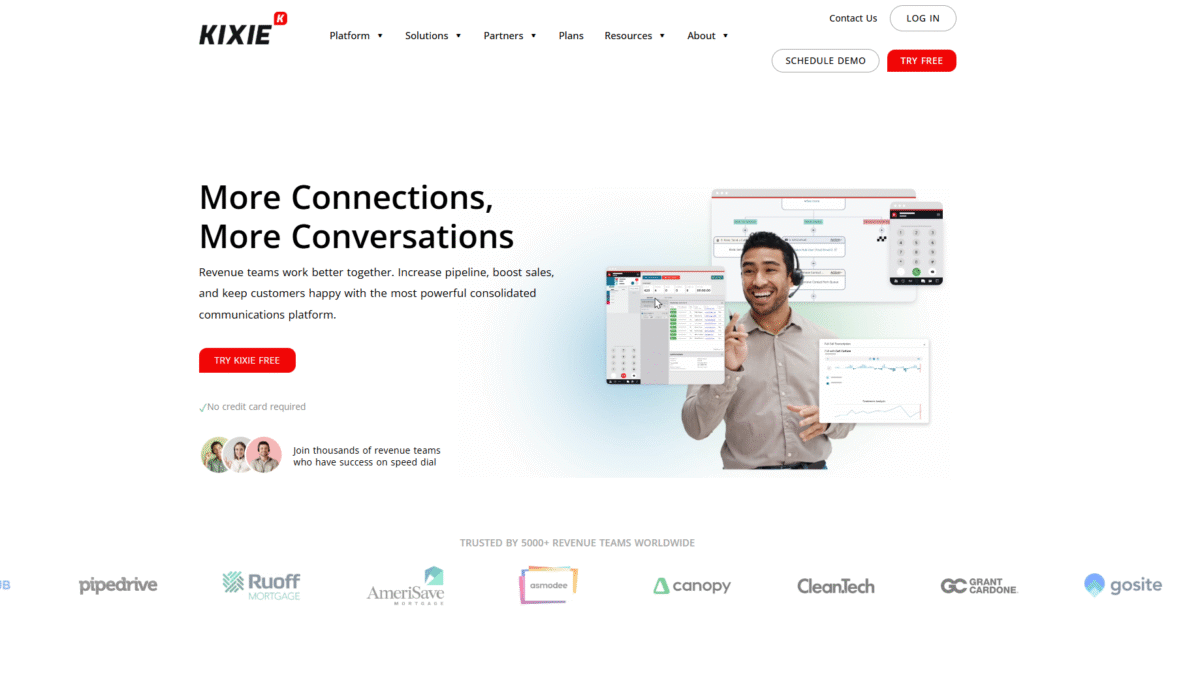
10 Call Tracking Secrets to Fuel Your Sales Pipeline
In today’s competitive sales landscape, mastering call tracking can transform your pipeline from stagnant to unstoppable. By uncovering actionable insights from every conversation, you’ll know exactly which channels, campaigns, and scripts drive results. Ready to discover the secrets that top performers use? Let’s dive into 10 call tracking strategies that will supercharge your revenue.
1. Assign Unique Numbers to Each Campaign
Giving every marketing channel its own phone number is the foundation of accurate call tracking. When you see a spike in calls to a specific number, you’ll instantly know which campaign deserves credit—and budget.
2. Implement Dynamic Number Insertion
Dynamic Number Insertion swaps phone numbers on your website based on referral source, ad platform, or keyword. This real-time swapping ensures you capture the full customer journey and link calls back to paid search, social ads, and email blasts.
3. Integrate Call Data with Your CRM
Without direct integration, call tracking data can live in a silo. By connecting your call tracking tool to your CRM, you’ll automatically log calls under the correct contact record. Every conversation becomes part of a unified customer view, empowering sales reps with context and history.
4. Analyze Call Recordings for Insight
Recording and transcribing calls unlocks deep insights into customer pain points and objections. Leverage AI-driven transcription to identify recurring keywords, measure sentiment, and flag missed opportunities for training and script optimization.
5. Automate Intelligent Call Routing
Ensure every prospect reaches the right expert by routing calls based on geography, deal size, or product interest. Intelligent call distribution reduces wait times, boosts first-call resolution, and prevents leads from slipping through the cracks.
6. Use Local Presence Dialing
Local numbers feel familiar and build trust. With local presence dialing, your sales team can appear to call from the prospect’s area code, increasing answer rates and reducing the chance your call is treated as spam.
7. Track Keyword and Ad Performance
Pair your search campaigns with dedicated numbers for each ad group or keyword theme. This granular call tracking data reveals which search terms generate the highest-quality calls, so you can optimize bids and ad copy more effectively.
8. Leverage SMS and Multichannel Touchpoints
Modern engagement is rarely limited to voice alone. Incorporate texting into your outreach with shared SMS inboxes, so reps can switch seamlessly between calls and messages. Measuring response rates across channels gives a complete picture of prospect behavior.
9. Monitor Agent Performance with Conversation Intelligence
Beyond call volumes, focus on call quality. Conversation intelligence tools analyze each interaction for pacing, interrupt rates, and adherence to key talking points. Use these insights to coach reps and replicate top performers’ techniques across your team.
10. Continuously Test, Learn, and Optimize
Call tracking isn’t a one-and-done setup. Regularly review performance metrics, experiment with new number configurations, refine routing rules, and update scripts based on real-time feedback. A culture of continuous optimization keeps your pipeline full and healthy.
Putting It All Together with Kixie
Ready to implement these call tracking secrets without complex setup or manual workarounds? Kixie PowerCall delivers integrated calling and texting, AI-driven machine detection, local presence dialing, and deep conversation analytics—all synced directly to your CRM. From dynamic number insertion to real-time reporting and shared SMS inboxes, Kixie unifies every touchpoint so your revenue team can focus on what matters: closing deals.
Try Kixie Free For 7 days Today and see how effortless advanced call tracking can be for your sales pipeline.
